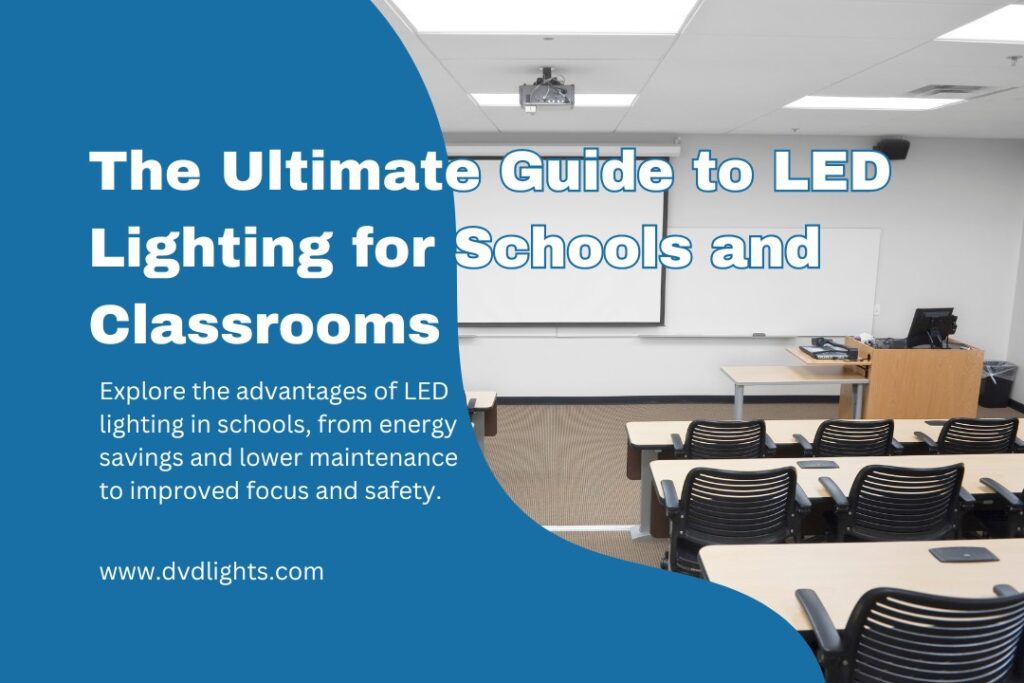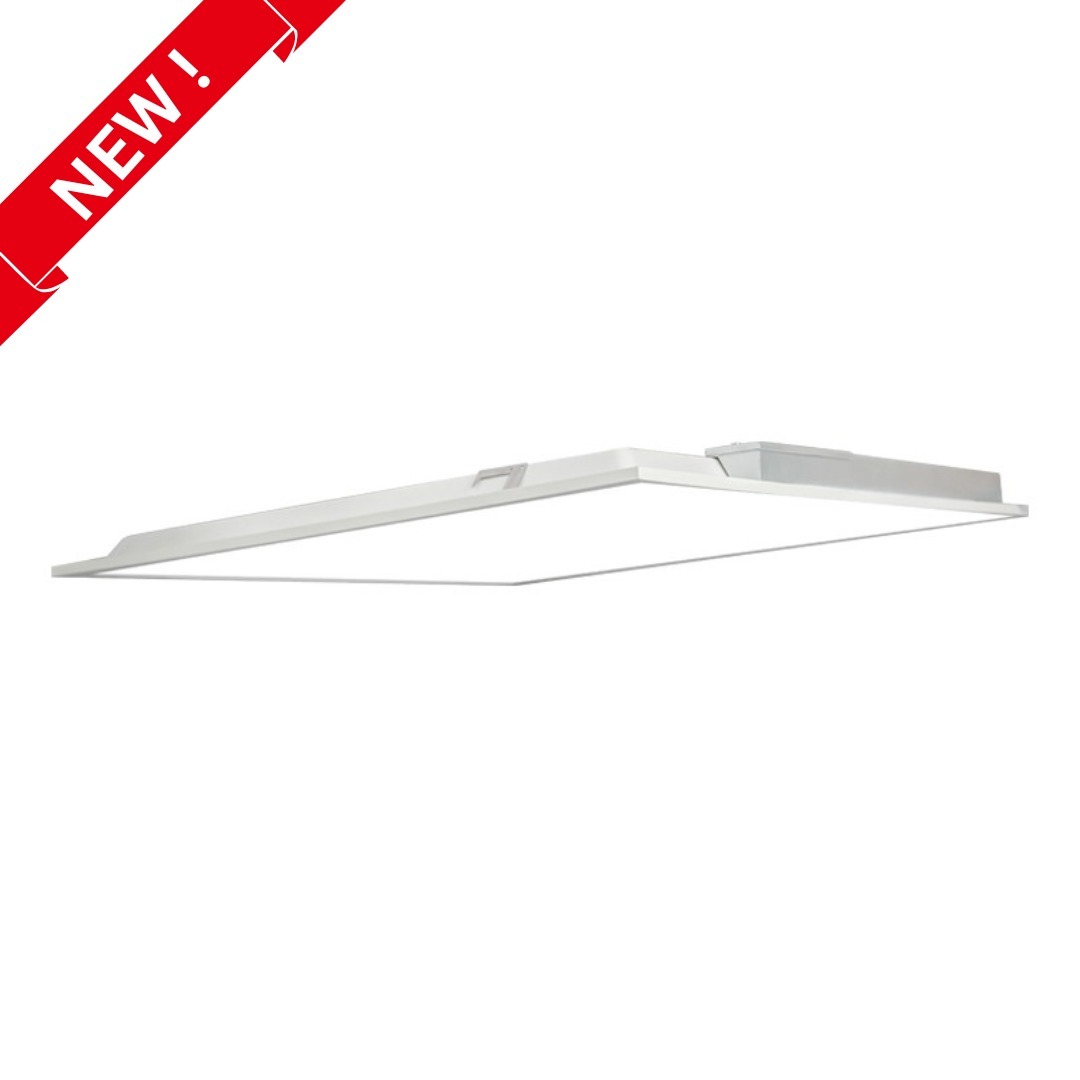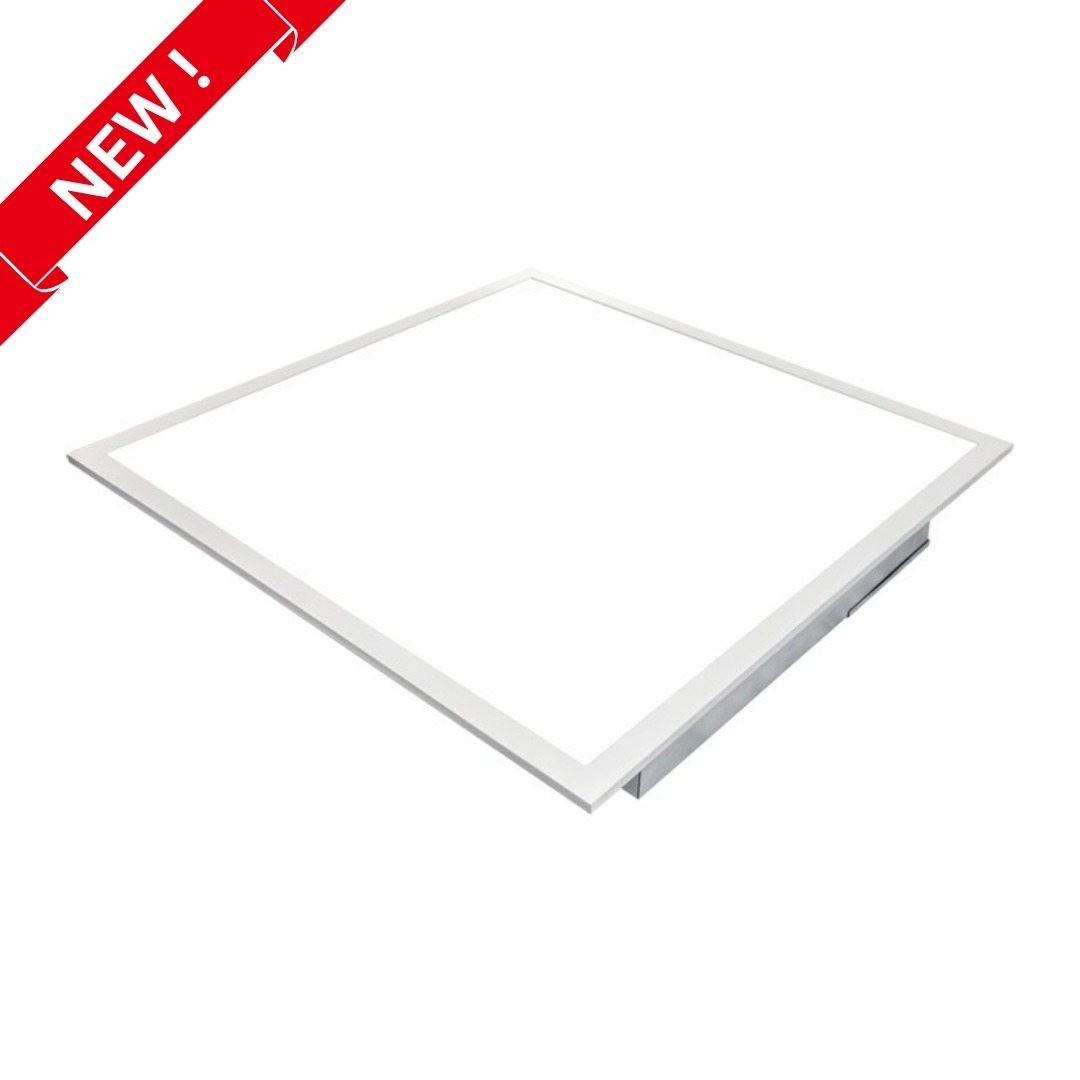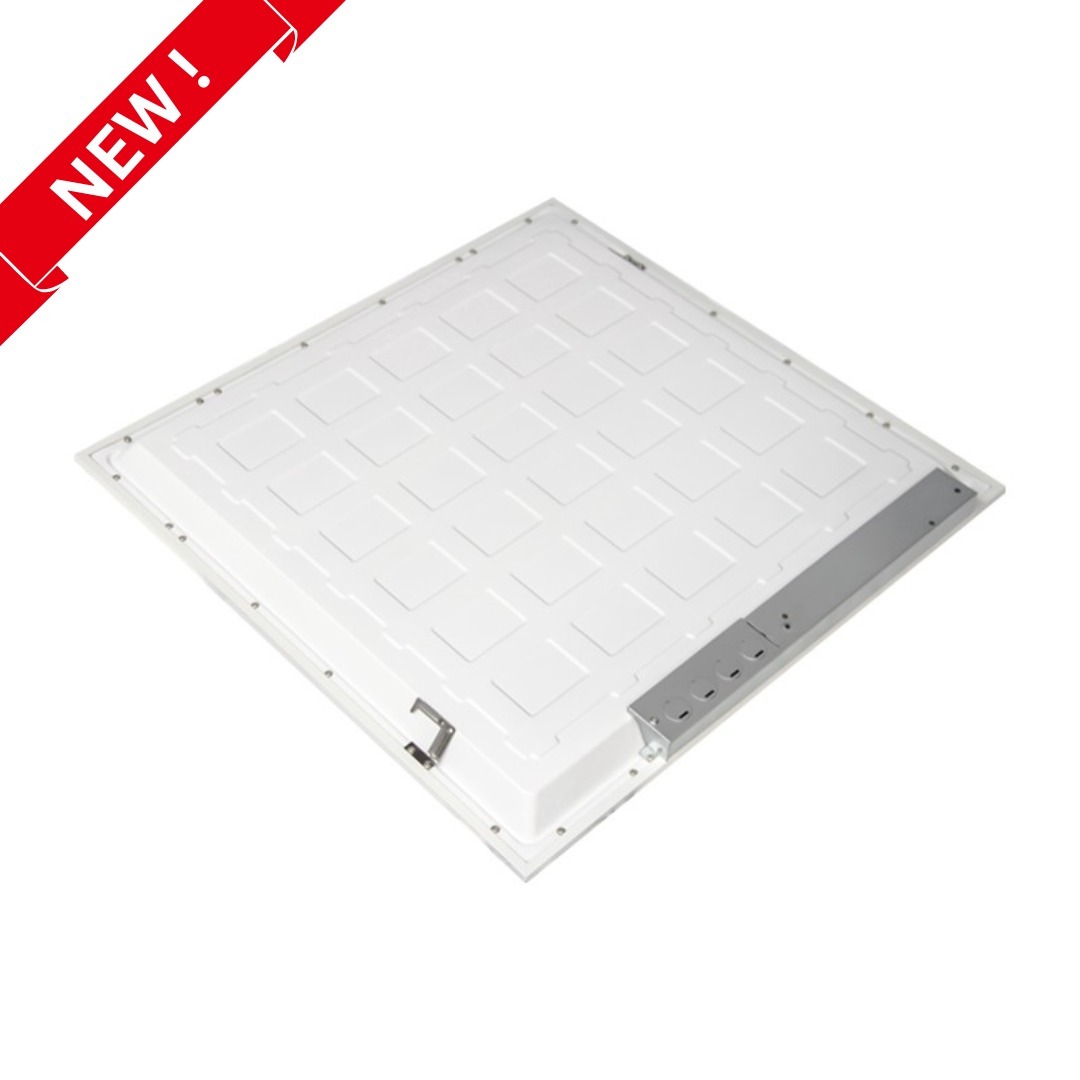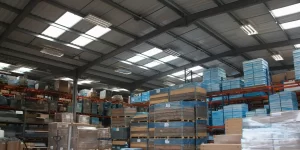Photo by Morsa Images via iStock
Advantages of Premier LED Lighting in Academic Settings
Replacement of the old fluorescent lighting with the latest LED technology comes with numerous advantages in schools. It not only saves the cost of energy bills but also increases the educational environment for the students and staff in schools. In this article, we discuss numerous benefits of using LED lighting in the educational sector:
Profound Energy Economies
Any institution with LED lighting installed will experience huge cuts in energy expenditure. Generally, a single LED uses considerably less electricity compared to fluorescent bulbs, hence reducing overall energy consumption and, consequently, slashing utility bills. The United States Department of Energy estimates that LED lighting can use up to 90 percent less energy than other light sources; similarly, it can last up to 25 times longer than traditional light bulbs, hence ensuring long-term cost savings.
Diminished Maintenance Expenditures
In this regard, most educational institutions that make use of fluorescent lighting experience higher maintenance costs since the fluorescent bulbs have to be replaced frequently. Traditional lighting systems have a shorter lifespan and require more maintenance time and labor hours. It is therefore a fact that with LED lighting, replacement time is significantly reduced, freeing the maintenance personnel to enable them to address other more pressing needs. This holds true especially for those lighting installed on high ceilings or other inaccessible locations, avoiding the risk of downtime and disruptions.
Augmented Concentration and Productivity
Beyond fiscal savings, LED lighting for schools can enhance focus and concentration among students and educators. LEDs provide adjustable lighting capable of shifting between white and blue hues to optimize productivity. Proper illumination mitigates eye strain, enabling students to assimilate information more effectively. Furthermore, LED lighting has been shown to reduce hyperactivity and increase reading speeds, fostering a more conducive learning environment.
Health Advantages of LED Lighting
LED lighting also has some health-related advantages. Most of the fluorescent lamps and ballasts contain carcinogens, which develop serious health hazards when used for a long period. In fact, according to the U.S. Environmental Protection Agency, it is recommended to avoid T12 fluorescent ballasts since they are prone to leaking hazardous chemicals. These carcinogens will not be present in the school with LED lighting, promoting a safe environment both for students and staff.
Enhanced Academic Performance and Safety
The optimal lighting in the classrooms forms the basic factor for learning in students. Led Lighting For Schools helps kids to focus, concentrate on their readings, and analytics of the texts, leading to improvement in test grades, increased confidence, and greater opportunities for college acceptance. The LED lighting will offer campus safety for everyone. The durability of LEDs will give schools more time to focus on educational-related work instead of the constant need to change out the lighting.
Selecting the Appropriate LED Lighting for Educational Institutions
Choosing the suitable LED lighting solutions is paramount to maximizing benefits. Here are some key options:
LED Downlights
LED downlights are discreetly integrated into ceilings, offering ample illumination without occupying physical space. This would be great for classrooms where every available space needs to be maximized for educational materials and student organization. These options include gimbal downlights, which can be oriented in any direction, and surface-mounted downlights, mounted just below ceiling height. Downlights installed in hallways, cafeterias, and bathrooms make navigation easy, adding to a sense of security.
LED Flat Panels
LED flat panels fight drowsiness and thereby help alleviate headaches and eyestrain. Fluorescent lights have the capacity to overload stress and sensory responses, while LED panels ensure uniform illumination emulating daylight that helps students maintain their circadian rhythm. Such lighting creates favorable conditions for better concentration and alertness during lessons, thus promoting academic performance. Other studies suggest that cooler color temperatures of 4000K and 5000K can further enhance student behavior and focus.
LED Exit and Emergency Lights
Reliable LED exit and emergency signs are a necessity for safety during emergency situations. Their bright glow illuminates the visibility of exit routes clearly; independent battery backups ensure their functioning when required the most. Compliance with safety codes, which vary from one location to another, is necessary. Some codes dictate that exit signs should illuminate to a minimum of five foot-candles on the surface. The local fire marshals or inspectors can be consulted to ensure compliance.
LED Bollards
LED bollards are important for outdoor safety, providing lighting along pathways and perimeters. This is most required for faculty and staff who stay back on campus after hours. They provide constant brightness with minimal dark spots and glare—the very essence of safe navigation during late-night activities.
LED Area Lights
LED area lights provide security both in the school parking lots and along the perimeters of campuses. Rated life times are as long as 100,000 hours, which enables essentially maintenance-free operation, far surpassing that of traditional technologies. Besides high lumen output, these products boast high Color Rendering Index values that help with security camera visibility to identify suspicious activities. LED area lights are available in Type III, IV, and V distribution patterns to deliver light exactly where it’s needed, without waste, for a safer campus environment.
Conclusion
Upgrading the schools and their classrooms to LED lighting offers a great deal of advantages: from huge energy and maintenance savings to improved academic performance and safety. The right LED solutions can help to create a healthy and more productive learning environment, one that can support both students and staff in the educational setting.

